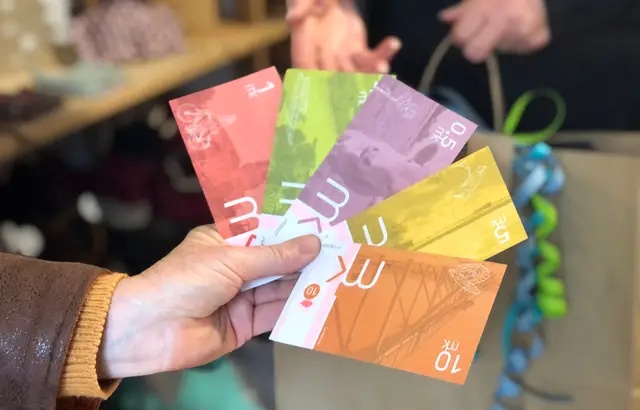Farmers Markets Network
CHALLENGES ADDRESSED
Score impact
Nature
Wellbeing
Health
Mobility
Participation
Economy
DESCRIPTION
The Farmers’ market (FM) is an alternative food network that provides shorter delivery circuits of farmers’ products to local communities through direct interaction with farmers in the urban environment. This practice enables restoration of the connection of inhabitants of bigger cities to land, fresh and good quality tasty food of healthy origin. It raises people’s awareness on nature-friendly farming practices, provides access to good quality local production, thus leading to healthier lifestyles and new social networks and relations. The Farmers’ Markets have an additional social value as a community event that may bring additional elements. The farmer-consumer cooperatives or other organizations could operationalize efforts by bringing together farmers and acting as a platform securing farmers meet a set of requirements for access and organise farmer market venues and events.

[NBS Card] Farmers Market Network
The Farmers’ market (FM) is an alternative food network that provides shorter delivery circuits of farmers’ products to local communities through direct interaction with farmers in the urban environment. This practice enables restoration of the connection of inhabitants of bigger cities to land, fresh and good quality tasty food of healthy origin. It raises people’s awareness on nature-friendly farming practices, provides access to good quality local production, thus leading to healthier lifestyles and new social networks and relations. The Farmers’ Markets have an additional social value as a community event that may bring additional elements. The farmer-consumer cooperatives or other organizations could operationalize efforts by bringing together farmers and acting as a platform securing farmers meet a set of requirements for access and organise farmer market venues and events.
INNOVATION ASPECT
- FM builds local social networks ;
- FM brings together farmers and consumers;
- FM shortens supply chains;
- FM allows sharing and keeping knowledge, practices, and values.
REPLICATION AND SCALABILITY
• The farmers’ market models can be easily adapted in each location and urban environment, which makes it ready for replication, by integrating local specifics;
• Resources for its organisation are to be found in any location – urban or rural;
• The farmers’ market scale depends on local potentialities and the organization ability.
PARTICIPATION PROCESS

-
1
CO-DIAGNOSTIC
Identification of the socioeconomic profile of the community by analysing the neighbourhood economic data, focus groups, and “cultural mapping.
-
2
CO-SELECTION & CO-DESIGN
-Starts with awareness raising and mobilization of interested local community members and active dissemination of information about the market. Provides opportunities for community members to discuss during accompanying events.
-
3
CO-IMPLEMENTATION
Community members can be involved in the organisation of workshops and accompanying activities. Possibility to establish a long-term body responsible for communication and dissemination of information.
-
4
CO-MANAGEMENT
Stakeholders could be involved for the management of the market’s legal entity. Formal or non-formal structures and groups could be involved.
-
5
CO-MONITORING
Interviews, questionnaires, and feedback collection techniques can be applied. A steering committee and a partnership with the local technical teams are essential for the participatory monitoring process.
BEST PRACTICES and REFERENCES
LINKS:
FM in several neighbourhoods in Sofia, as well as monthly farmer market fests in the centre of Sofia have become a new phenomenon over the last 4 years. They contribute to fostering a healthier consumer identity and provide a new cultural and social space for encounters, and shared identity. In Sofia – Hrankoop Cooperative has leaded the process.





